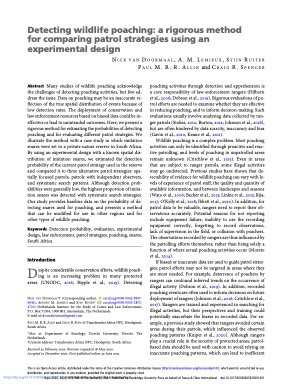By Barbara Menting, Marre Lammers, Stijn Ruiter*, Wim Bernasco
Crime pattern theory predicts that offenders commit offences in their activity spaces. We also propose that they most likely offend in the more frequently visited parts. Previous studies used offenders' residential areas or other activity space proxy measures but lacked data on other routinely visited places (e.g., work, school, and leisure activities). A major contribution of this study is the use of an online survey in which 78 offenders reported on their own activity spaces and committed offences (n = 140). Results show that offending is much more likely in offenders' activity spaces than elsewhere, and effects increase with visiting frequency. Although residential area is a good predictor, offenders' more extensive self-reported activity spaces predict much better where they commit offences.
The British Journal of Criminology, Volume 60, Issue 2, March 2020, Pages 303–322,









